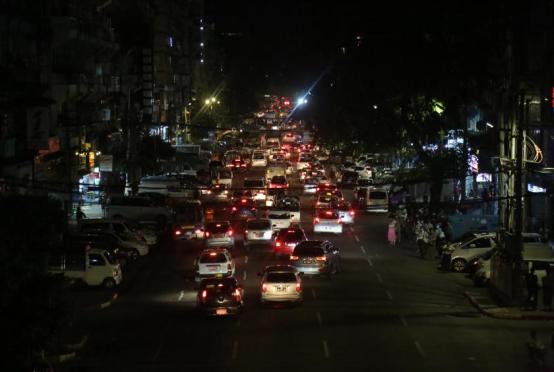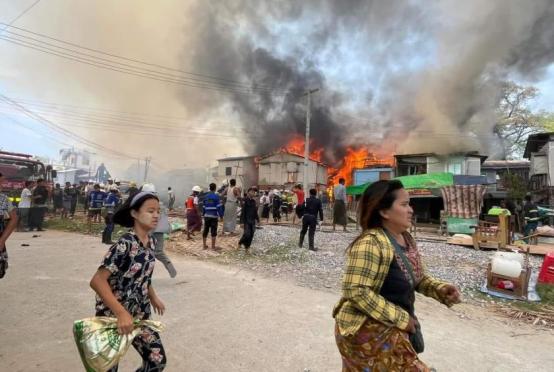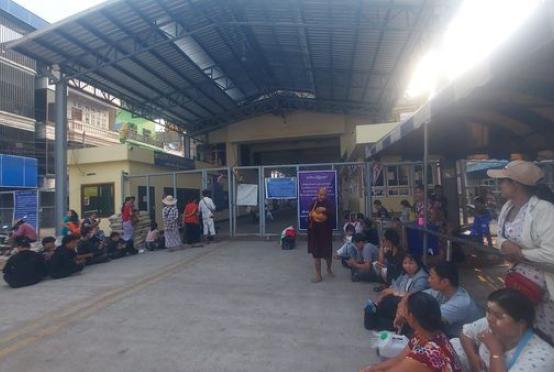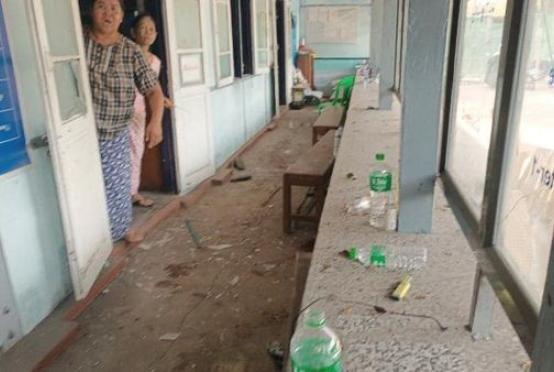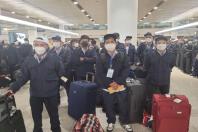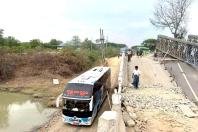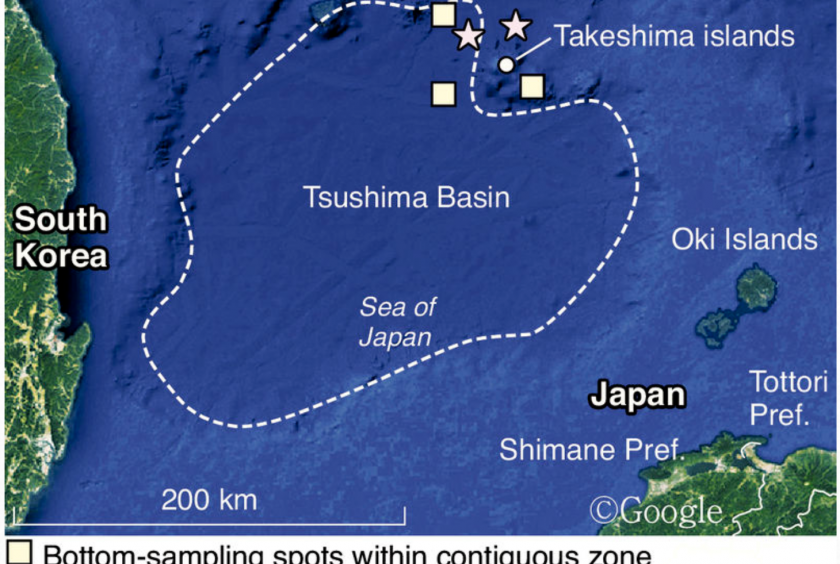
Tokyo (The Japan News) - South Korean authorities collected samples of bottom sediment core in territorial waters and a contiguous zone near Takeshima islands in Shimane Prefecture without Japan’s prior consent several years ago, it has been learned.
The seafloor survey activities, including bottom-sediment core sampling (see below), conducted by South Korea were confirmed in research papers released recently by Seoul National University and other entities. These activities are believed to be aimed at probing for such offshore resources as methane hydrate, or flammable ice.
The surveys were conducted in Japan’s territorial waters within an about 22-kilometer range from the coast of the Takeshima islands and in waters northeast of the Tsushima Basin, a contiguous stretch located within a 22-kilometer range outside of territorial waters. Details of surveys in these waters conducted by South Korea without Japan’s prior consent had not been known until recently.
The U.N. Convention on the Law of the Sea stipulates that when a country intends to conduct marine research in the territorial seas, contiguous zones and exclusive economic zones (EEZs) of a foreign country, it has to obtain prior consent from that country.
Yet South Korea, which has been illegally occupying the Takeshima islands, conducted surveys in the areas without seeking consent from Japan, as it claims the territory as its own. The Japanese government deems the surveys to have been conducted without consent under the terms of the convention.
According to multiple papers authored by South Korean researchers, the country’s public institutions among others have continually used seafloors of a contiguous zone west of the Takeshima islands for about 20 years, installing bottom samplers and other devices to collect seafloor sediment.
According to a paper by Seoul National University and other institutions carried in the March 2018 edition of an academic journal published by the Association for the Sciences of Limnology and Oceanography (ASLO), a U.S.-based international academic society, the Korea Institute of Ocean Science and Technology, using its research vessel Eardo, collected seafloor samples within an about 30-40 kilometer range from the Takeshima islands in July 2012, by dropping box-shaped bottom samplers at three locations.
Another paper published in September 2013 made clear that the collection of seabed sediment was conducted within territorial waters northeast and west of the Takeshima islands, though it did not state when. In both cases, the collected samples were used for research related to offshore resource development, including nitrogen and carbon distribution within the Tsushima Basin.
The basin is said to have abundant next-generation resources of methane hydrate. South Korea has been actively conducting more research year after year. Many of the research papers concerning these waters are related to hydrate; others are related to resources development.
■ Bottom-sediment core sampling
Seabed samples are obtained by cutting out sediment core in each stratum, using a box-shaped or cylindrical device. Bottom sampling in the territorial waters or contiguous zones of other countries without prior consent robs coastal nations of their assets. Collected samples are used not only for research and resources exploration but also as materials to be submitted to the United Nations when applying for the extension of a country’s continental shelf
http://the-japan-news.com/news/article/0005554774

